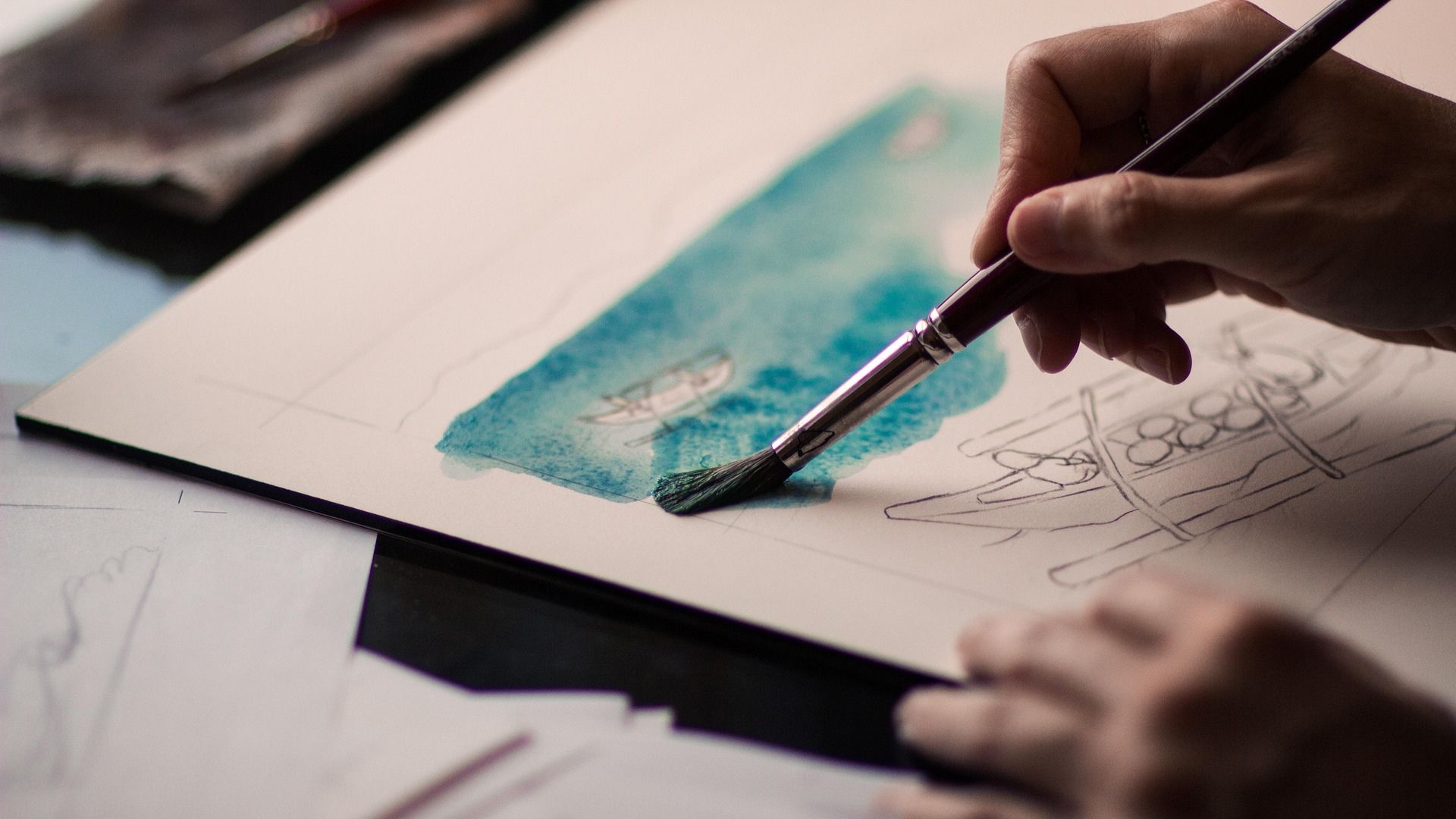
Whether you’re just starting your painting journey or have years of experience under your belt, one thing remains true: choosing the right paintbrushes can make a big difference in how your artwork turns out. Brushes are not just tools—they’re extensions of your hand and imagination. The right brush can make painting feel smooth and expressive, while the wrong one can lead to frustration and inconsistency.
In this blog, we’ll explore how to choose the best paintbrushes based on your painting style, medium, and technique. Understanding your needs will help you invest in the right tools and improve your overall painting experience.
Understand the Basic Brush Anatomy
Before diving into brush types, it helps to know the basic parts of a brush:
- Handle – Usually made of wood or acrylic, the handle gives you grip and control.
- Ferrule – The metal part that connects the handle to the bristles.
- Bristles (or Hair) – The most important part, responsible for applying paint. These can be natural or synthetic.
Know the Types of Bristles
Choosing between natural and synthetic bristles depends on your painting medium and style:
- Natural Hair Brushes (like hog, sable, or squirrel):
Ideal for oil and watercolor painting. They hold more paint and provide a smooth application. Sable hair, for instance, offers precision, making it great for detailed work. - Synthetic Brushes (usually made from nylon or polyester):
Better suited for acrylic paints. They are durable, affordable, and easy to clean. Modern synthetic brushes mimic natural hair quite well and are often used for both acrylic and watercolor.
Match Your Brushes to Your Medium
Different painting mediums demand different brush types. Here’s a quick breakdown:
Acrylic Painting
- Use synthetic brushes as acrylic paint can be hard on natural hair.
- Choose flat brushes for bold strokes and blocking color.
- Use round or detail brushes for fine lines and intricate areas.
Oil Painting
- Opt for natural bristle brushes (hog hair is a popular choice).
- Filbert brushes are versatile for blending and detailing.
- Fan brushes are great for blending and creating textures like grass or fur.
Watercolor Painting
- Use soft natural brushes like sable or squirrel.
- Round brushes are ideal for creating smooth lines and curves.
- Mop brushes are great for washes and covering large areas.
Understand Brush Shapes and Their Purposes
Each brush shape has its own use, and choosing the right one depends on your painting style:
| Brush Shape | Best For |
| Round | Fine details, lines, and controlled strokes. |
| Flat | Bold strokes, washes, and filling in large areas. |
| Filbert | Blending and soft, rounded strokes; combines flat and round features. |
| Fan | Textures, blending skies, grass, or hair. |
| Angle | Sharp, precise lines and edges; useful for corners or curves. |
| Detail/Spotter | Very fine work like tiny highlights or outlining. |
Consider Your Style and Technique
Your personal painting style will guide your brush choices:
- Loose, expressive painting (e.g., impressionism) benefits from larger brushes like flat or filbert to cover space quickly and with emotion.
- Realistic, detailed painting calls for fine round and liner brushes for careful control and precision.
- Mixed media or experimental styles may require a mix of brush types, including unusual textures or sponge brushes.
Try Before You Buy (When Possible)
If you can visit a local art store, take the time to test brushes in your hand. Check for:
- Comfort of the handle
- Flexibility and bounce of the bristles
- Overall build quality
Reputable brush brands like Winsor & Newton, Princeton, Da Vinci, and Royal & Langnickel offer a wide variety of options for different budgets and skill levels.
Take Care of Your Brushes
No matter how good your brushes are, they won’t last if you don’t take care of them. Here are quick tips:
- Clean them immediately after use.
- Use the appropriate cleaner (soap for water-based paints; mineral spirits for oil).
- Reshape bristles while drying and store them upright.
- Avoid letting brushes sit in water or solvent too long—it damages both the ferrule and bristles.

Choosing the right paintbrush for your painting style doesn’t have to be overwhelming. Start with a few essential shapes and sizes tailored to your medium, then expand your collection as your skills and preferences develop. The more you paint, the more you’ll discover which brushes feel like a natural extension of your hand—and those are the ones you’ll return to again and again.
Whether you’re layering thick oils, detailing with acrylics, or glazing with watercolors, the right brush makes all the difference. So take your time, experiment, and most importantly, enjoy the process of painting.



